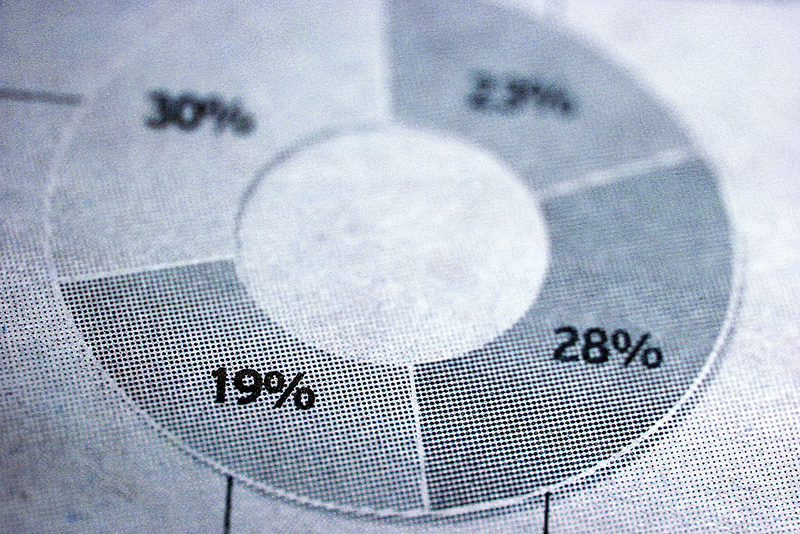THURSDAY, Sept. 8, 2016 (HealthDay News) — American college students’ use of marijuana continues to increase, but the appeal of other drugs, including amphetamines and opioids, may be waning, a new study found.
The proportion of college students who reported past-year use of marijuana rose from 30 percent in 2006 to 38 percent in 2015, according to the study from the University of Michigan Institute for Social Research.
Daily or near-daily pot use (20 or more times in the previous 30 days) reached nearly 6 percent in 2014 — the highest level of daily use in the last 34 years. But it then fell slightly to less than 5 percent in 2015, researchers found.
One possible reason for growing use of marijuana may be a decrease in perceived risk. The proportion of young adults ages 19 to 22 who consider regular marijuana use dangerous fell from 58 percent in 2003 to 33 percent in 2015, according to the report.
“This increase in use and decrease in perceived risk of harm regarding marijuana use should be taken seriously by college administrators, parents and students themselves,” said study co-lead researcher John Schulenberg, a research professor at the institute.
“We know through other research that frequent marijuana use can adversely affect academic performance and college completion,” Schulenberg said in a university news release.
The good news to come out of the study was a decline in college students’ use of other drugs.
Nonmedical use of prescription opioid, or narcotic, drugs in the previous year fell from nearly 9 percent in 2006 to around 3 percent in 2015.
Common opioids include prescription painkillers such as Oxycontin, Vicodin, Percocet and fentanyl.
Use of heroin, another opioid, continues to remain low — staying at or below 0.3 percent since 2005. It was 0.1 percent in 2015.
“It appears that college students, at least, are hearing and heeding the warnings about the very considerable dangers of using narcotic drugs,” said study principal investigator Lloyd Johnston, a senior research scientist and research professor at the institute.
Illicit amphetamine use nearly doubled between 2008 and 2012, when it topped 11 percent. But fewer than one in 10 students said they used amphetamines in 2015, the study found.
“It appears that the increase in nonmedical use of prescription stimulant drugs may have passed its peak, though about one in 10 college students still report using them in the prior 12 months,” Johnston said.
For the annual Monitoring the Future study, the researchers survey between 1,000 and 1,500 college students a year. Among the other findings:
- MDMA (ecstasy and more recently “Molly”) use rose between 2007 and 2012, but then fell to about 4 percent in 2015.
- Use of synthetic marijuana products, like those branded “K-2” and “Spice,” fell from 8.5 percent in 2011 to less than 2 percent in 2015, a decline of about 80 percent. Salvia use fell from almost 6 percent in 2009 to 0.4 percent in 2015, a decrease of more than 90 percent.
- More than three-quarters of college students said they had used alcohol in the past 12 months. And nearly two-thirds said they had done so in the past 30 days. Six out of 10 said they were drunk at least once in the past 12 months, and 38 percent in the past 30 days.
- Binge drinking was reported by 40 percent of college students in 2015.
- There was little change in nonprescribed use of tranquilizers and sedatives in recent years. But their 2015 rates (about 4 percent and 2 percent, respectively) are lower than in the early 2000s.
- Any cigarette use declined nearly two-thirds from a peak of 31 percent in 1999 to 11 percent in 2015. Daily smoking fell even more, from 19 percent in 1999 to 4 percent in 2015, a record low since 1980.
- In 2015, past-month use of electronic cigarettes and similar devices was reported by 14 percent of college males and 6 percent of college females.
More information
The U.S. Centers for Disease Control and Prevention offers college health and safety advice.
Copyright © 2025 HealthDay. All rights reserved.

